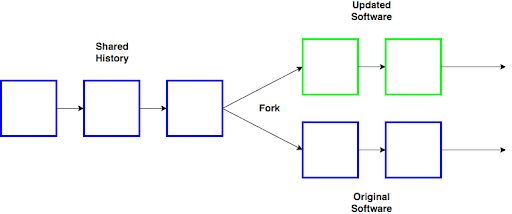![]()
Understanding the Urgency of Ransomware Protection
Ransomware continues to pose a severe threat to individuals and organizations, making robust protection strategies imperative. In this article, we will explore the urgency of safeguarding against ransomware attacks and effective measures to ensure comprehensive protection.
The Menace of Ransomware Attacks
1. Sophisticated Threat Landscape
Ransomware attacks have become increasingly sophisticated, employing advanced techniques to infiltrate systems and encrypt critical data. The evolving threat landscape necessitates proactive and multifaceted approaches to thwart ransomware attempts.
2. Devastating Impact on Data and Operations
The impact of a successful ransomware attack is profound, often resulting in data loss, operational disruption, and financial losses. Effective ransomware protection is not just about recovery but focuses on preventing such incidents and fortifying systems against potential threats.
Essential Strategies for Ransomware Protection
1. Robust Endpoint Security*
Endpoint devices are primary targets for ransomware. Robust endpoint security solutions, including next-gen antivirus tools and endpoint detection and response (EDR) systems, form the first line of defense against malicious payloads attempting to compromise devices.
2. Regular Data Backups and Recovery Plans*
Regular backups are crucial for ransomware protection. In the event of an attack, having up-to-date backups enables organizations to restore their data without succumbing to extortion demands. Developing comprehensive recovery plans ensures a swift response to minimize downtime.
3. Network Segmentation and Access Controls*
Network segmentation is an effective strategy to limit the lateral movement of ransomware within a network. Implementing strict access controls ensures that users have the minimum necessary permissions, reducing the potential impact of a ransomware infection.
User Education and Awareness
1. Recognizing Phishing Tactics*
Phishing remains a prevalent method for ransomware delivery. Educating users to recognize phishing emails and messages is crucial. By fostering a security-conscious culture, organizations empower individuals to play an active role in preventing ransomware attacks.
2. Security Hygiene Practices*
Promoting security hygiene practices among users is essential. This includes regularly updating software, using strong and unique passwords, and avoiding clicking on suspicious links. These practices collectively contribute to a more resilient defense against ransomware.
Advanced Threat Detection and Response
1. Behavioral Analytics*
Leveraging behavioral analytics helps detect anomalies indicative of ransomware activity. Monitoring for unusual patterns of behavior within the network can enable early detection and timely intervention before a ransomware infection spreads.
2. Incident Response Planning*
Having a well-defined incident response plan is critical. In the unfortunate event of a ransomware attack, a swift and coordinated response can mitigate damage, contain the infection, and facilitate a smoother recovery process.
Ransomware Protection: A Link to Cybersecurity Empowerment
For a deeper exploration of ransomware protection strategies and their application in contemporary cybersecurity, visit Ransomware protection. This comprehensive resource provides valuable insights, best practices, and the latest developments to empower individuals and organizations in fortifying their defenses against ransomware threats.
In conclusion, the urgency of ransomware protection cannot be overstated in today’s digital landscape. By adopting a holistic approach that includes robust endpoint security, regular backups, user education, and advanced threat detection, organizations can significantly enhance their resilience against ransomware attacks. Proactive measures and a security-first mindset are crucial in safeguarding valuable data and maintaining operational continuity.




